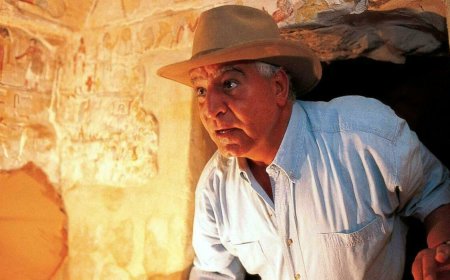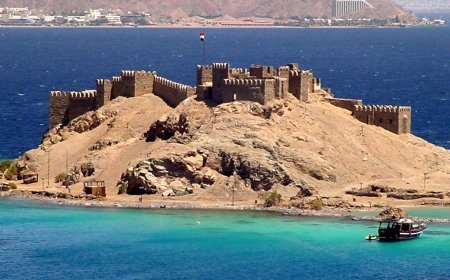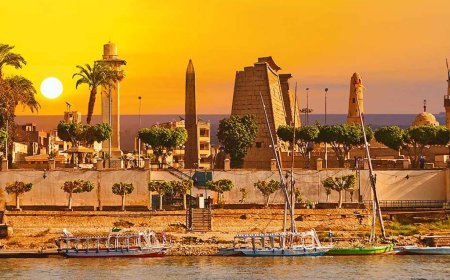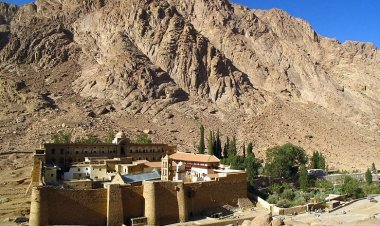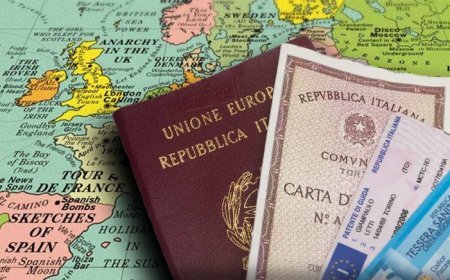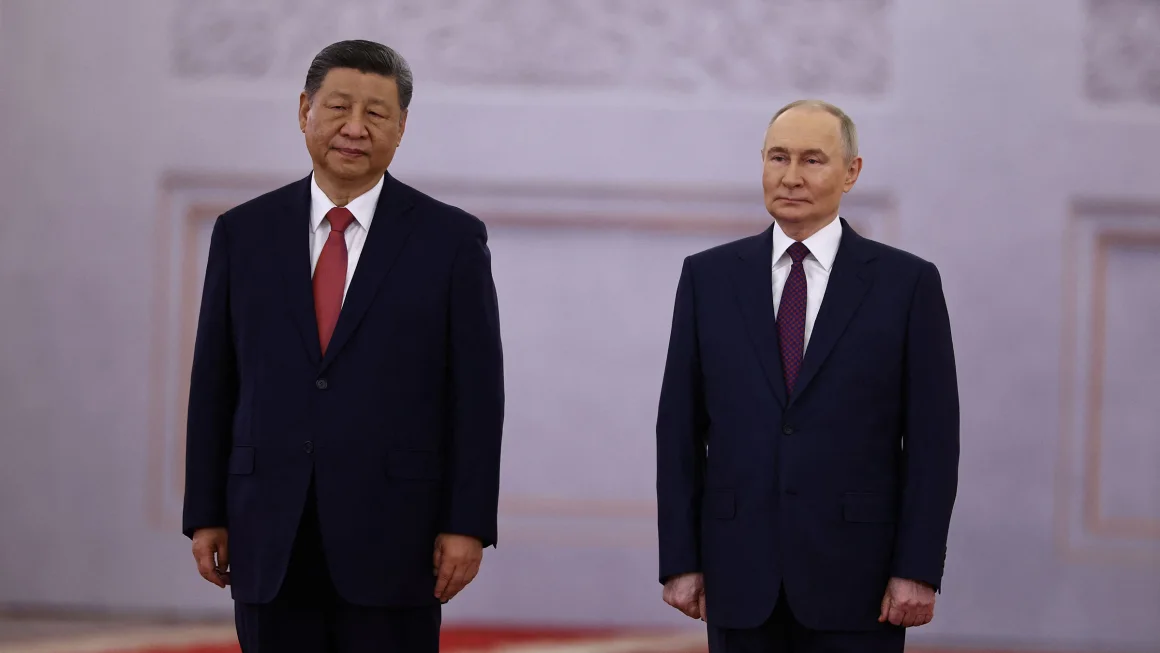High-stakes Gaza ceasefire talks resume this week. Here are the main obstacles to a deal
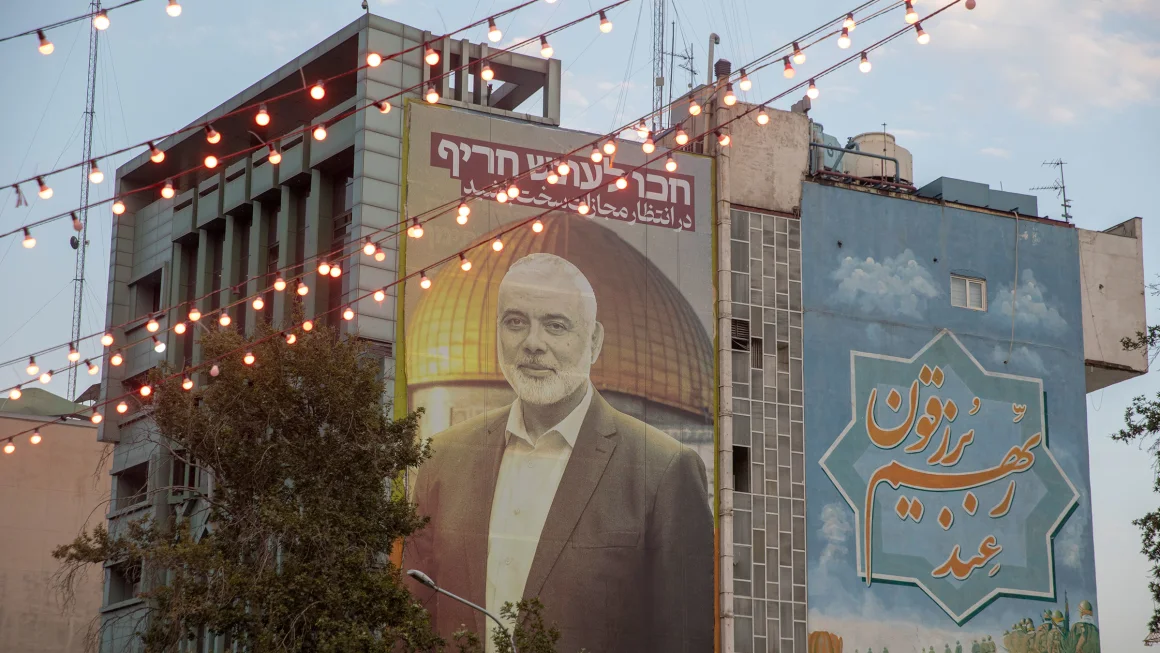
The high-stakes meeting set to take place on Thursday will have Qatar, Egypt and the United States present a plan to implement a ceasefire-hostage deal. The deal was proposed by US President Joe Biden in May – but unresolved differences over last-minute demands presented by Israeli Prime Minister Benjamin Netanyahu and a looming military escalation threaten to derail the process.
Israel is sending a delegation to the talks, and Hamas has indicated that it is still interested in a deal. On Tuesday however, the militant group warned that it would not participate in further negotiation: “Our position was clear…we will not go for new negotiation rounds. We will only go to implement what has been agreed on,” Dr. Basem Naim, a member of the Hamas political bureau, told CNN in a statement.
Here’s what we know about the status of the talks so far.
What is Biden’s proposal?
In May, Biden laid out a three-phase proposal the administration said was submitted by Israel that would pair a release of hostages from Gaza with a “full and complete ceasefire” and a release of Palestinian prisoners held in Israel.
The first phase would last six weeks and include the “withdrawal of Israeli forces from all populated areas of Gaza” and the “release of a number of hostages, including women, the elderly, the wounded in exchange for the release of hundreds of Palestinian prisoners” and the implementation of a temporary truce.
Phase 2 would allow for the “exchange for the release of all remaining living hostages, including male soldiers” and a permanent end to the fighting.
In Phase 3, a “major reconstruction plan for Gaza would commence and any final remains of hostages who’ve been killed will be returned to their families,” the US president said.
It is unclear how many of the original hostages set for release are still alive.
What are the key remaining sticking points to Biden’s proposal?
Despite an initial positive reaction from Hamas and Israel, both sides failed to agree on the implementation of the finer details of the proposal including the sequencing of the hostage-prisoner exchange, the number of Palestinian prisoners to be released and how far back Israeli forces should withdraw in Gaza.
Netanyahu has been accused of undermining the deal as far-right members of his ruling coalition threaten to collapse the government despite pressure from the US and families of hostages.
Ahead of a meeting in Rome last month, a source familiar with the negotiations said the Israeli prime minister would present 11th-hour demands, asking for a mechanism to bar armed men from entering northern Gaza from the south, and the continued Israeli control of the Philadelphi corridor, a strip of territory on the Gaza-Egypt border.
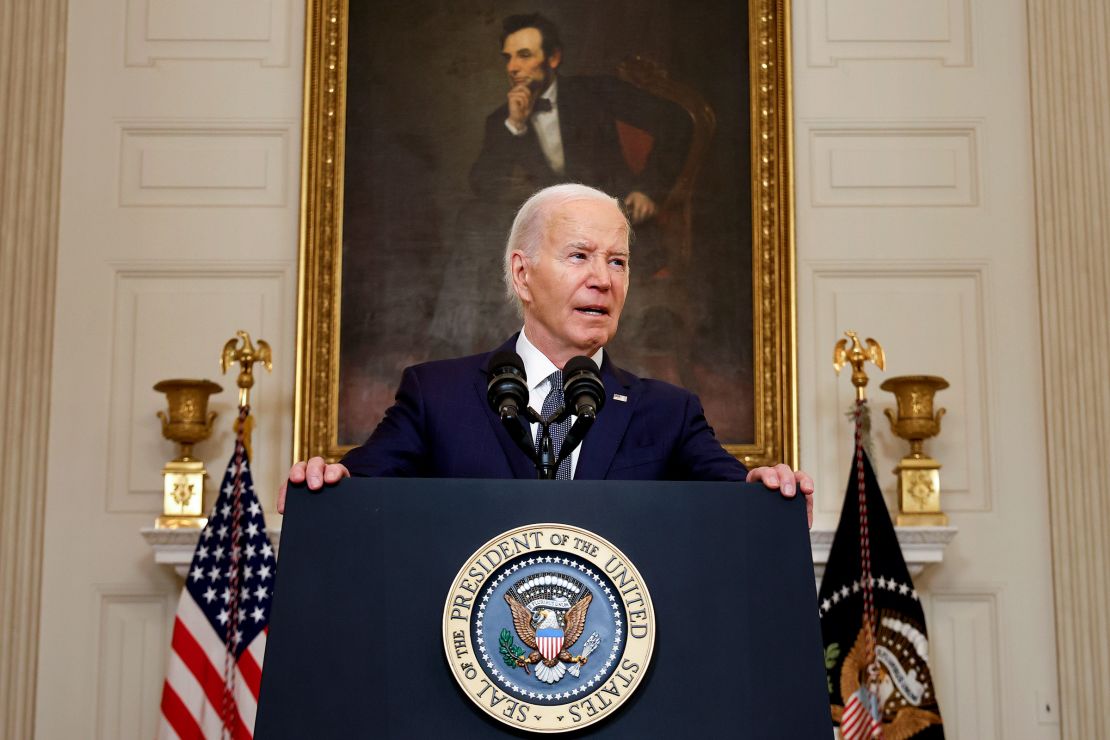
A senior US administration official, speaking to reporters this week, said the “bulk of the work” has been done for the deal, but it’s unlikely that it will be signed at Thursday’s meeting as both sides still have positions on “four or five issues.”
A diplomat familiar with the negotiations told CNN that the remaining sticking points for Hamas are Israel’s restrictions on the movement of people from northern Gaza to the south, its demand for a veto over which Palestinian prisoners would be released, as well as its continued presence at the Philadelphi corridor and the Rafah border crossing with Egypt.
The diplomat spoke on condition of anonymity due to the sensitivity of the matter.
Netanyahu’s office on Tuesday rejected claims that the Israeli prime minister had changed positions, saying his most recent stance “does not introduce extra conditions and certainly does not contradict or undermine” his May proposal. Netanyahu’s office instead accused Hamas of adding unrealistic demands to its position.
Why have the talks stalled?
US officials had said that talks had reached an advanced stage until Hamas’ political leader, Ismail Haniyeh, was assassinated in Tehran in late July in an explosion Iran blamed on Israel. Israel hasn’t confirmed or denied responsibility, but Iran has vowed vengeance.
There were concerns that the assassination would throw a wrench in the negotiations between Israel and Hamas. The militant group replaced Haniyeh with Yahya Sinwar, the hardline Hamas leader in Gaza who is one of Israel’s most wanted men. While Haniyeh, a relative moderate, lived in Qatar and was susceptible to pressure from his host country, Sinwar is believed to be deep underground in a tunnel in Gaza and is hard to reach.
“Haniyeh was helpful in talking to those based in Gaza. He had respect from those on the ground,” another diplomatic source told CNN. “Hamas’s argument remains that Benjamin Netanyahu wants this war to continue. He is not interested in either a ceasefire or the full withdrawal of troops.”
Why are Thursday’s talks so important?
Thursday’s ceasefire talks are the result of a major diplomatic effort by mediators Qatar, Egypt and the US to push for a last-ditch effort to end the war and free the hostages as Iran prepares to attack Israel.
The urgency of the talks was highlighted by the three mediators, who issued a rare joint statement last week calling on the warring parties to return to negotiations and offered what they called a “final bridge proposal” to overcome the remaining sticking points. The details of that proposal have not been made public.
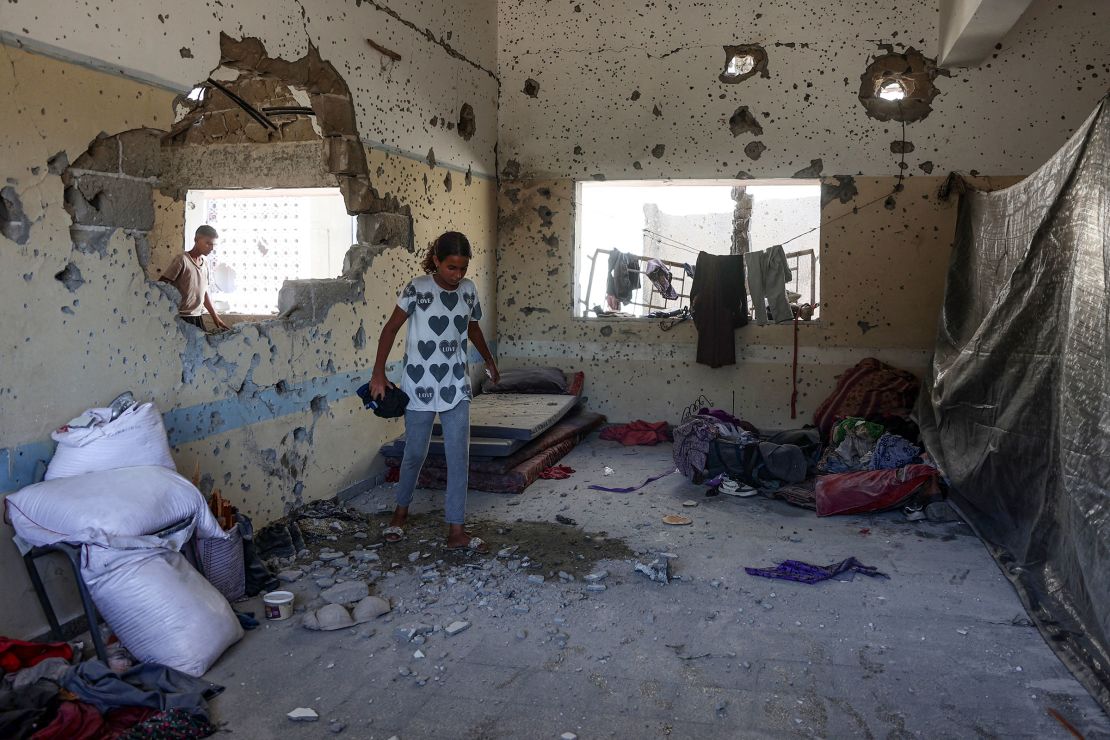
In parallel, US and Middle East diplomats have been mobilizing to dissuade Iran from launching an attack on Israel that could lead to a wider regional war. Both Iran and the US have said that that lines of communication between them are open through intermediaries.
There have been some indications that Iran may abandon plans to attack Israel if a ceasefire deal is reached. But the country’s mission to the United Nations said on Saturday that Tehran’s retaliation is “totally unrelated to the Gaza ceasefire.”
The second source who spoke to CNN cast doubt on Thursday’s talks having an impact on Iran’s decision. “The ceasefire talks are not going to stop Iran retaliating for Haniyeh’s death.”
The first source echoed that sentiment, telling CNN there is concern in the region that Iran may not hold back on striking Israel, as the source believes the Biden administration is not applying enough pressure on Netanyahu to reach an agreement.
The lack of clarity on whether the Israeli prime minister will adhere to Biden’s May proposal, the source added, suggests time is running out to strike a deal before an Iranian attack. Qatar and Egypt, the source said, may not have enough influence to push Hamas to compromise.
CNN’s Abbas Al Lawati contributed to this report.
The post High-stakes Gaza ceasefire talks resume this week. Here are the main obstacles to a deal appeared first on Egypt Independent.
What's Your Reaction?
 Like
0
Like
0
 Dislike
0
Dislike
0
 Love
0
Love
0
 Funny
0
Funny
0
 Angry
0
Angry
0
 Sad
0
Sad
0
 Wow
0
Wow
0


